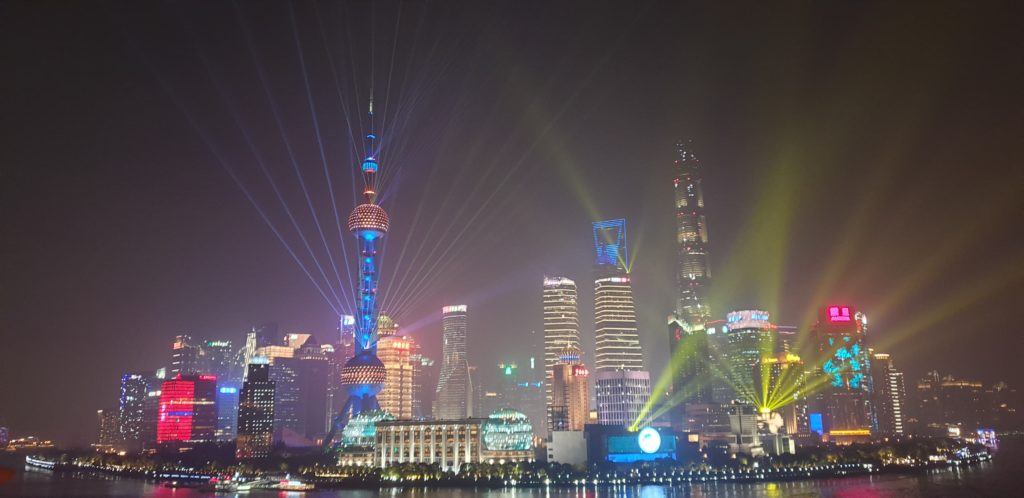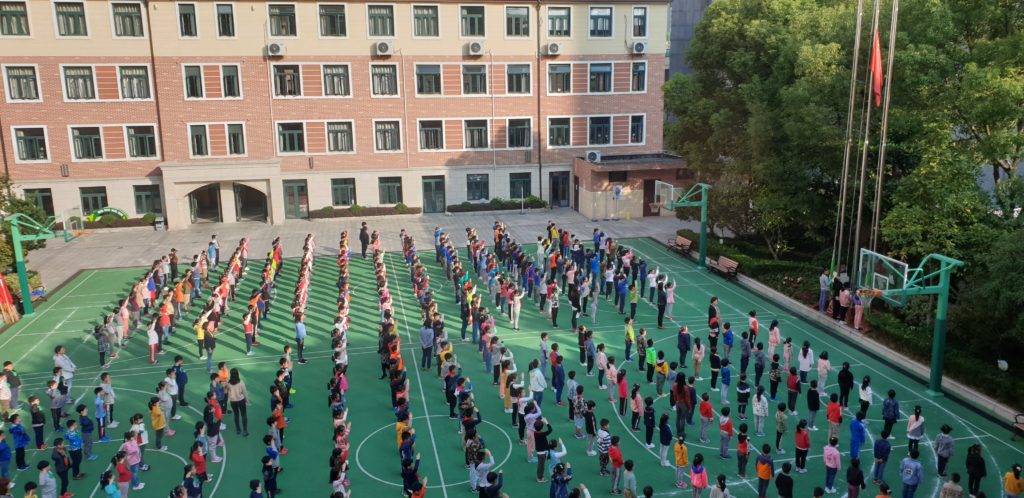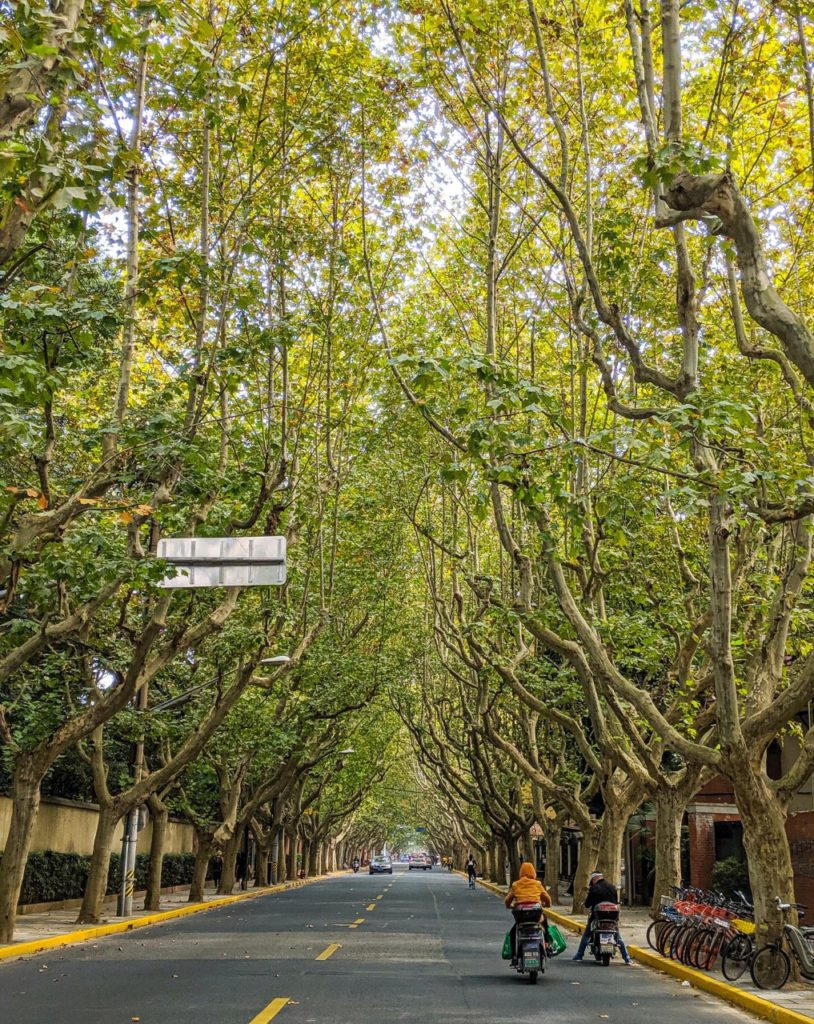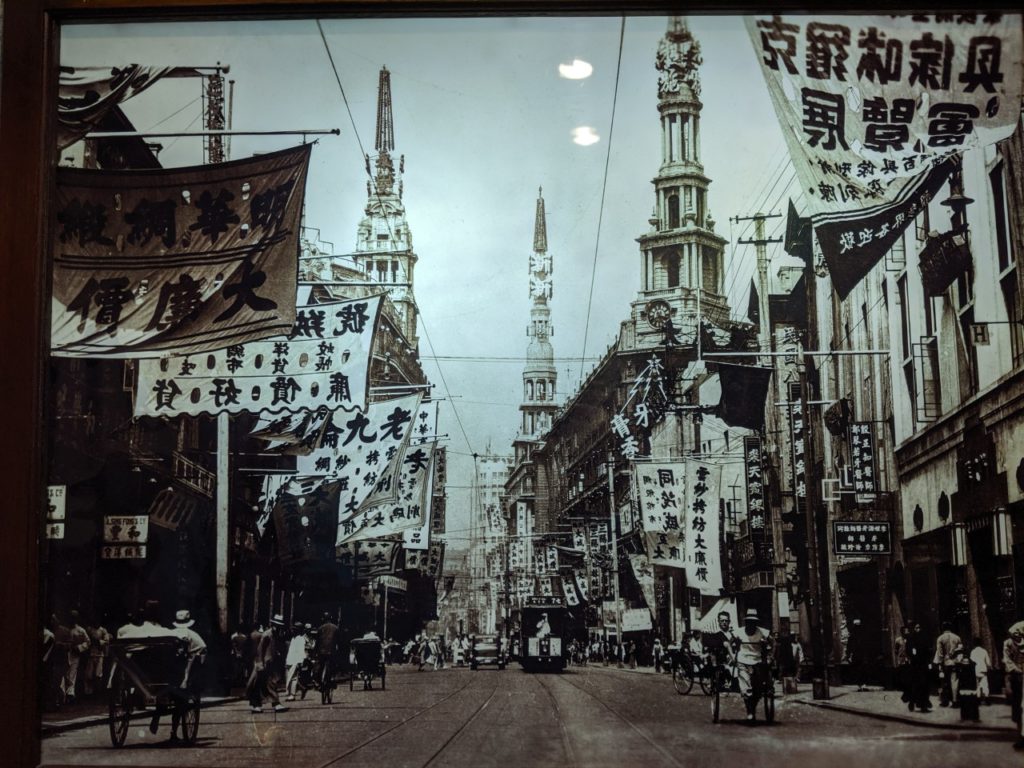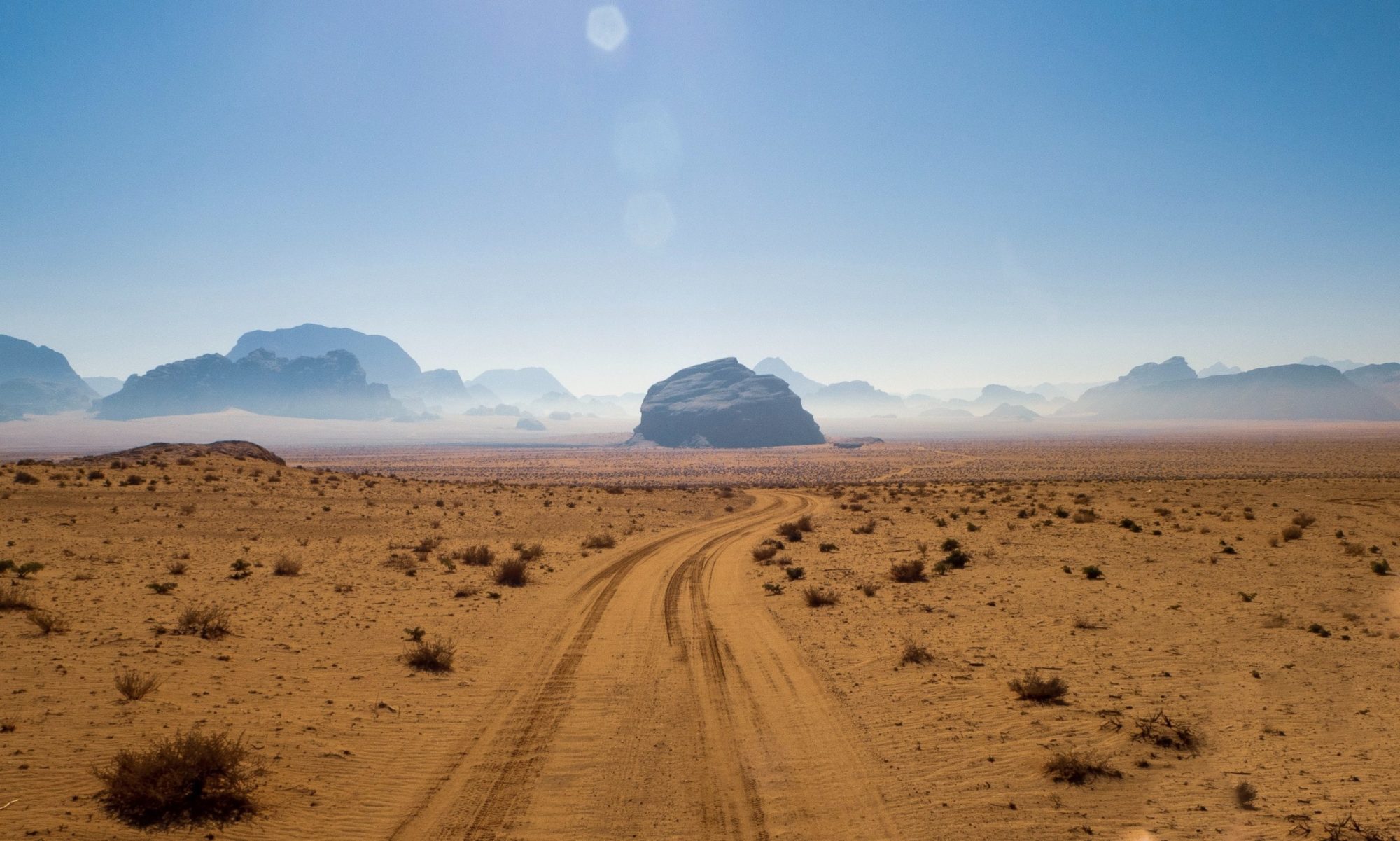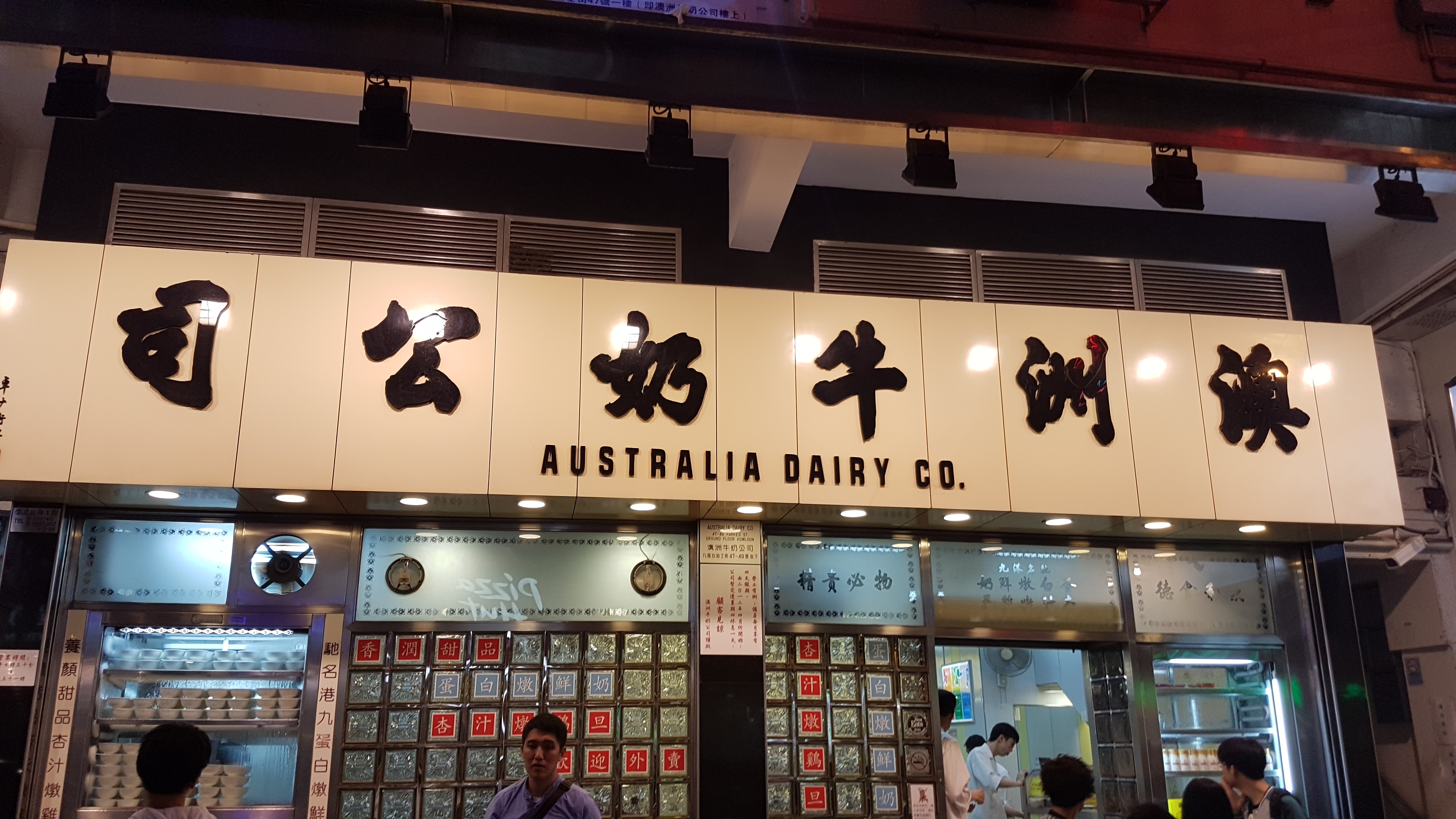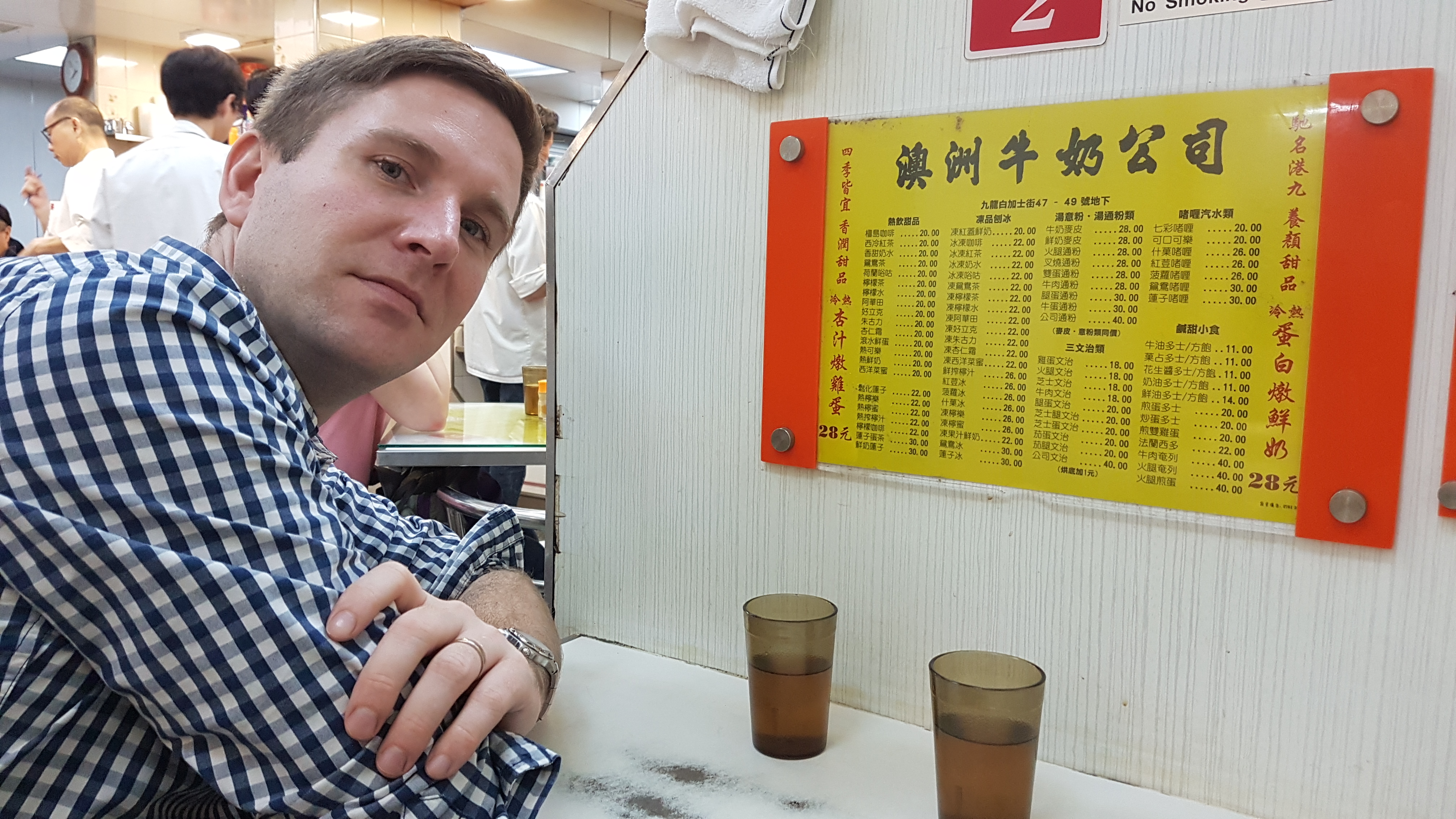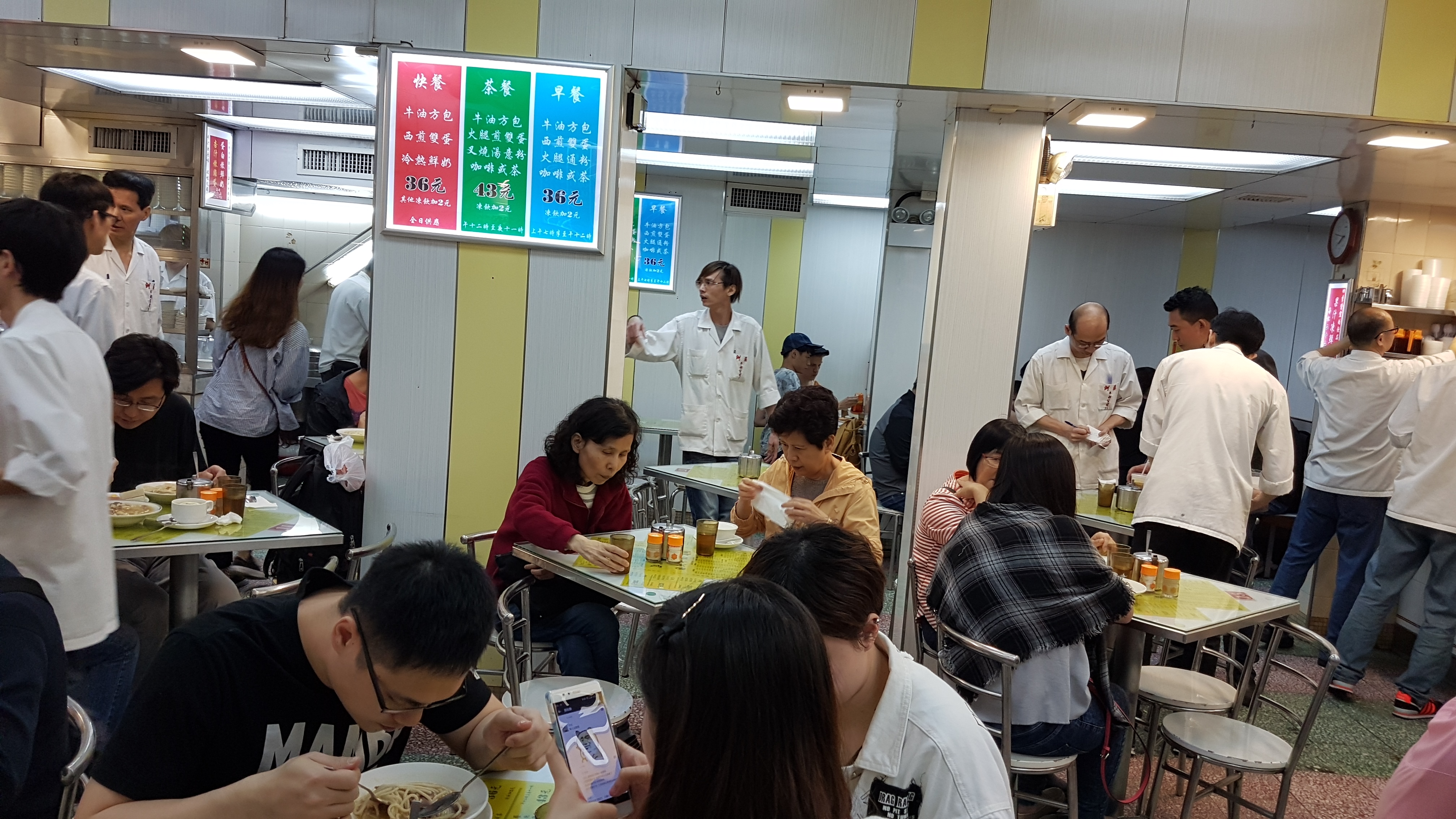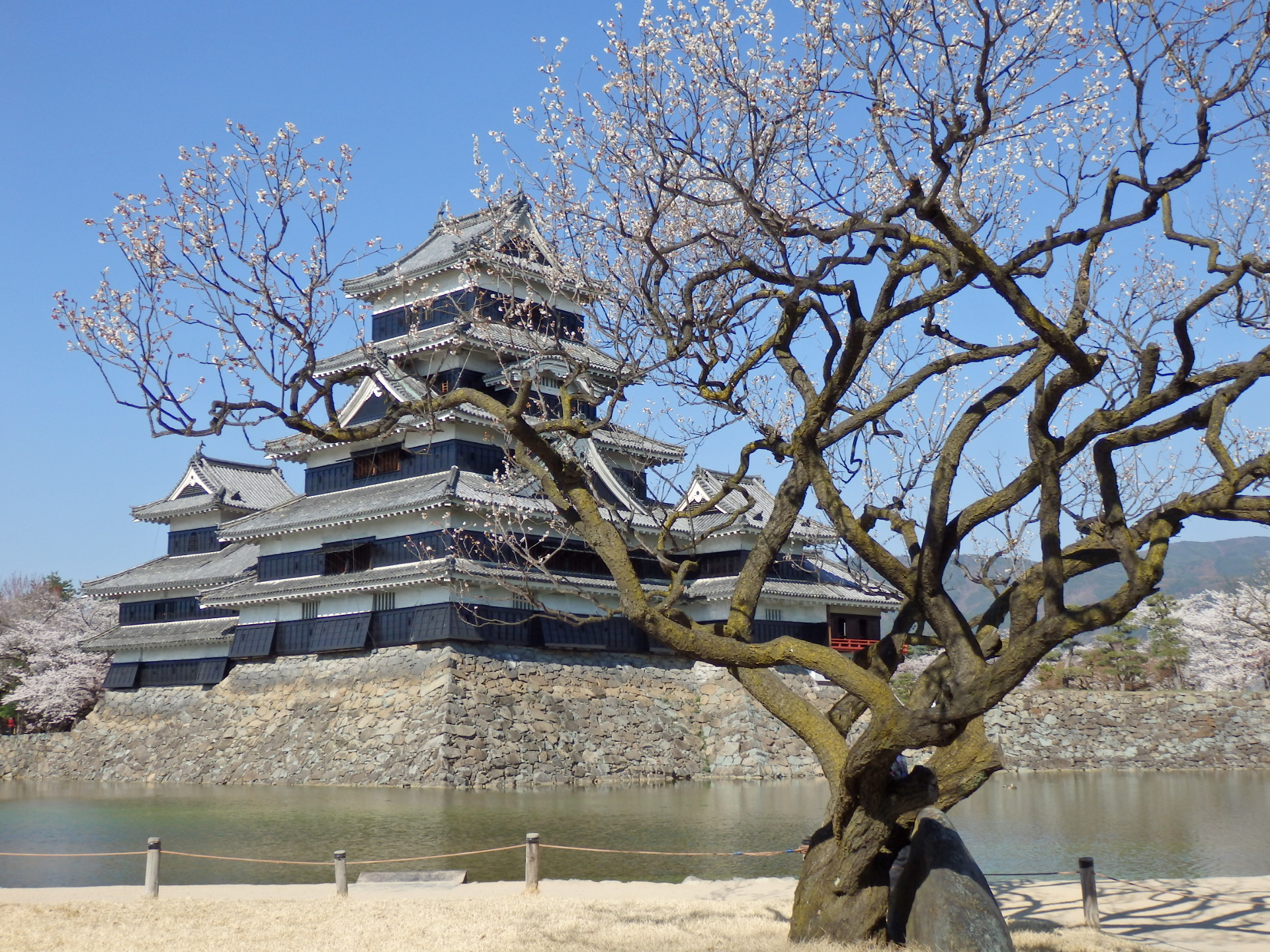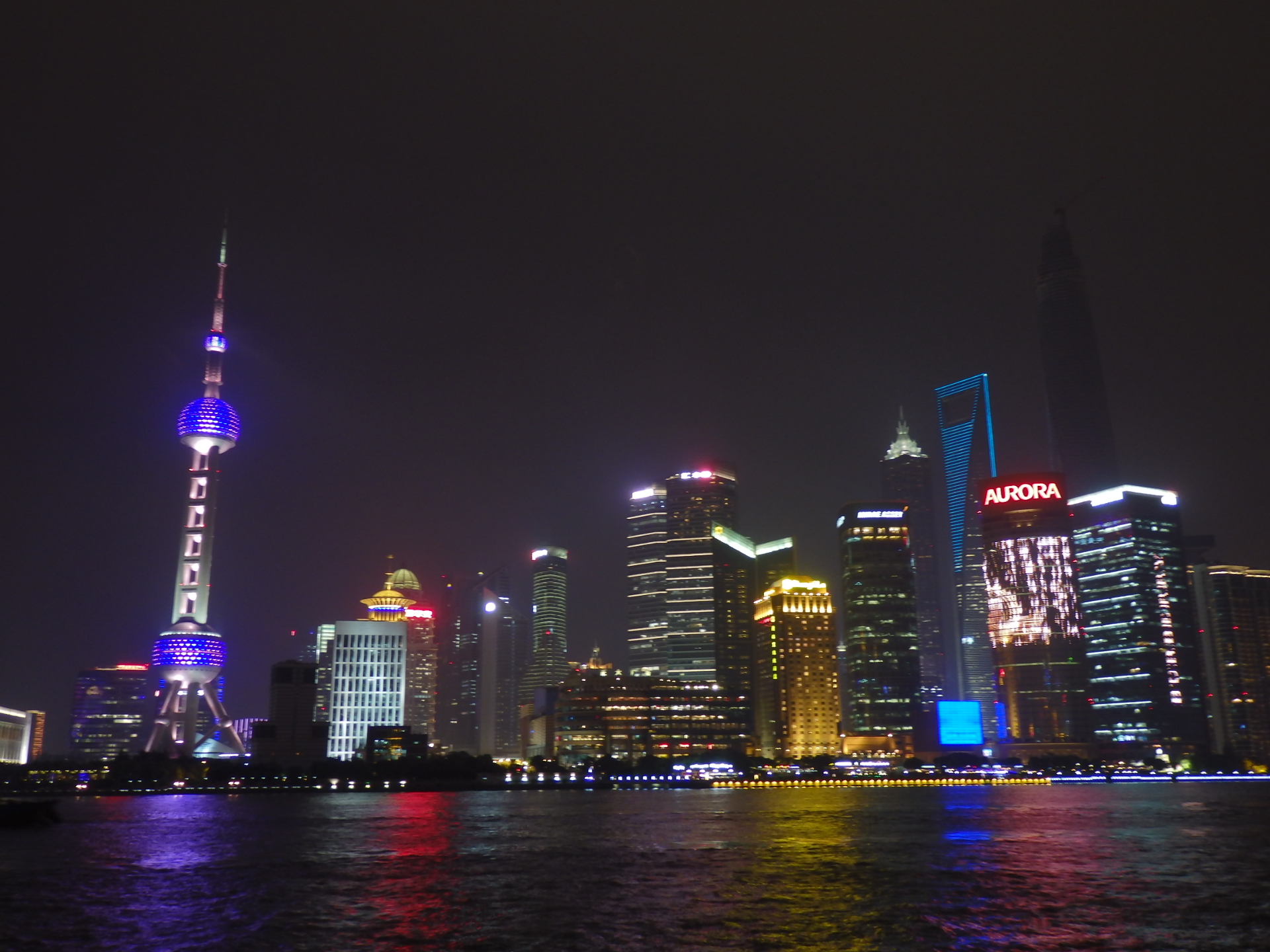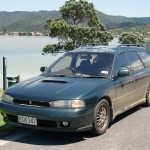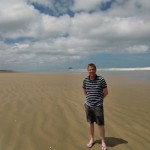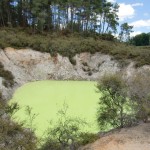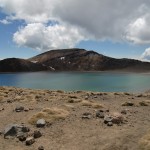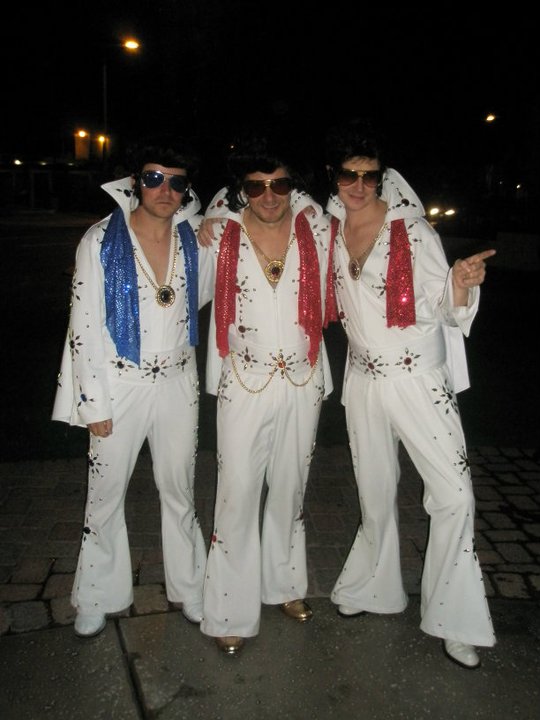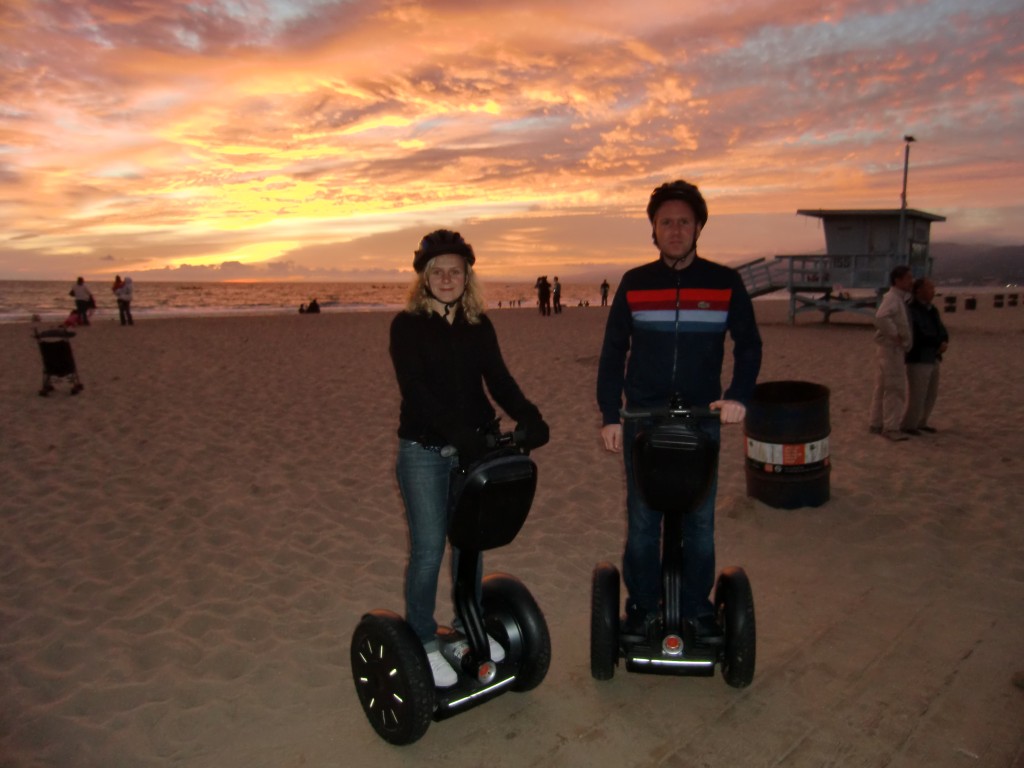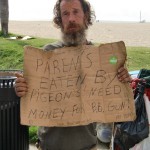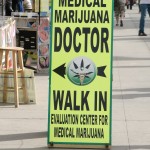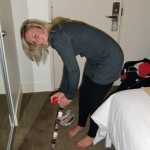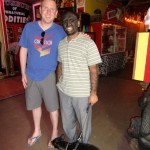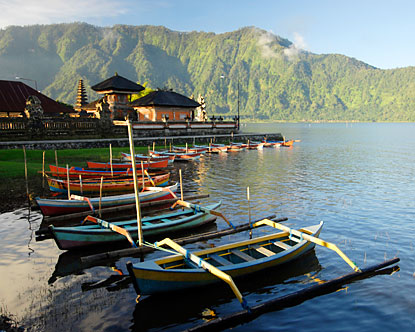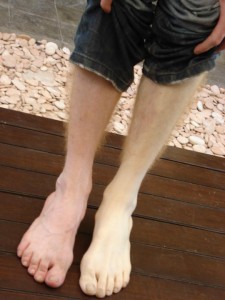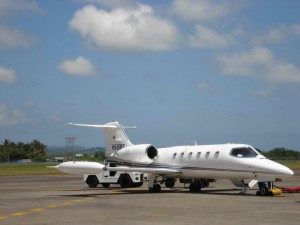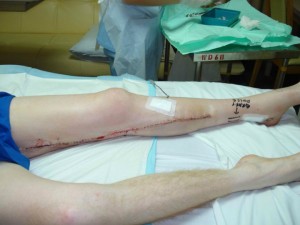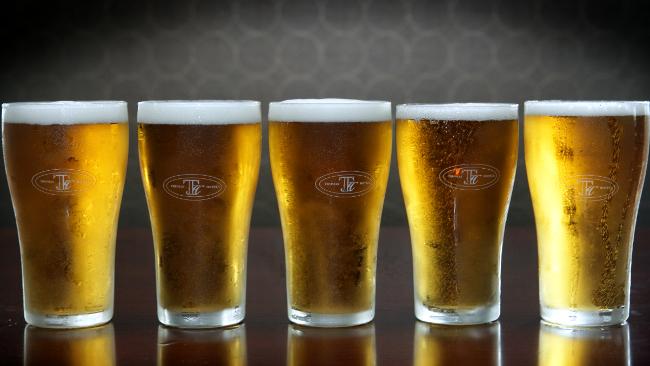If the north island of New Zealand is pretty then the south island, as I was to find out, is frankly geographical pornography. It is a source of amazement that such a small country could incorporate so many amazing topographical features. Before I was able to head south and explore further I had to negotiate a weekend in Christchurch where I was to be hosted by a previous colleague and verbal sparring partner from my brief, ill-fated foreign exchange days in London, Chris Kensington. It had been two years since Chris had left London which meant that we had two years’ worth of shit to give each other once hostilities were resumed.
Things got off to a promising start when Chris collected me from Christchurch airport and, in an uncharacteristic display of generosity, even bought me a cup of tea from a cafe near his flat. Had I known that was where the bonhomie was to end, I might have considered different accommodation options for the weekend. Shortly after we entered his flat Chris gestured towards his couch and muttered:
“That’s your beardâ€.
“Sorry?†I replied, confused.
“That’s your beard†he reiterated, “You know, where you will be sleeping tonightâ€.
It’s worth pointing out at this stage that Kiwis do have some pronunciation issues – ‘six’ is pronounced “sux†and ‘tent’ would be “tint’ for example hence why Chris (or perhaps “Chrusâ€) was having such difficulty with the word bed.
Disgusted both by Chris’s unwillingness to surrender his own bed to his overseas visitor and also by his inability to pronounce the most simple of monsyllabic words correctly, I dejectedly deposited my backpack on the floor and resigned myself to a couple of nights on a sofa. At this point Chris perched an absurdly camp Trilby atop his head and announced that we were off to a garden party that he had somehow been invited to. I searched around vainly in my bag for a suitable garden party outfit and settled on a shirt and a pair of jeans – in fairness a backpack does somewhat limit you in terms of the amount of clothing that you can carry, therefore my ‘garden party’ outfit was the same as my ‘wedding’, ‘funeral’ or indeed ‘meet the Pope’ outfit would have been. Chris had decided to accessorise his gay hat with a pair of equally gay sunglasses so, praying that I wouldn’t be recognised in his company (an unlikely event given that I didn’t know anyone within 1500 miles), we set off for the wilds of the Canterbury Plains, an area around 100KM outside of Christchurch. Enroute I asked Chris how he knew the host of the party, “I don’t, I’ve never met her†came the slightly worrying reply. Fair enough, who did he know at the party who had invited him along? “Nobody. I don’t know anyone there†was the alarming response.
Reeling from the revelation that we were heading to a party where Chris knew absolutely no one and I knew less than that, it seemed a good time for a display of ‘good New Zealand values’ as my host described it – a stop at the side of the road for a bottle of cider. Slightly refreshed although still very concerned, we were soon at the garden party and I found myself mingling with what is probably best described as a young New Zealand farmers’ convention. I’m not sure if there is a Kiwi equivalent to the phrase ‘Hooray Henry’ or if that is even appropriate to describe this motley crew but if I point out that there were a disturbing number of cravats and even, in a few cases, jumpers tied casually around necks you should get a reasonable idea of the type of gathering that I found myself embroiled in. After meeting our host (think a Kiwi version of Carol Thatcher) I reluctantly threw myself into the occasion and engaged in conversation with the great and the good of the New Zealand farming community – not an easy task if, like me, your knowledge of agricultural practices and politics, extends to the fact that I once lived in a house that backed onto a field. Midway through one conversation about the annual dairy yield from a cow (or somesuch fascinating topic of conversation) Chris sidled up to me and announced that he was pissed so I would need to drive us back to Christchurch after the party. An unwelcome turn of events given that I was relying on a prodigious consumption of alcohol to get me through the occasion.
Nevertheless I battled through the rest of the garden party and was soon negotiating my way back to Christchurch in Chris’s car my ‘host’ having passed out on the passenger seat, stirring only occasionally to deliberately infuriate me with comments such as “doing well Rich†and “watch out for that carâ€. Avoiding the temptation to spite Chris by driving his Mazda into a wall, I eventually got us back to Christchurch and after Chris atoned for his reprehensible conduct during the day by buying me a Chinese, I set about preparing for a night out. Despite being a small town by English standards (even though the Kiwis insist on calling it a city), Christchurch has a lively nightlife with the ‘Sol Square’ area a hive of activity after dark.
Chris had warned me that Christchurch was lacking in sights and his tour the following day reinforced this, apart from a bland stretch of coastline punctuated by a hideously ugly concrete pier, a few earthquake-damaged buildings and a large cathedral in the centre of town, there was little to captivate the tourist; Christchurch seems to serve mainly as a gateway to the rest of the island.
After one final insult from Chris whereby he lured me from his flat ostensibly to show me where I would be collected by bus the following morning but in reality to assist him with his torturous monthly shopping trip around the local supermarket, I was heading out of Christchurch bound for Greymouth where I would be picking up a tour bus.
The road from Christchurch to Greymouth goes via the tourist route of Arthur’s Pass and is famously scenic as it passes through an incredible mountain range – a truly astounding drive. Or at least it would have been if the cloud hadn’t been so low as to all but obliterate the surrounding views and the bus that we were travelling in so old that it barely managed ten miles per hour on some of the steeper climbs. A far from ideal situation which was probably not helped by the vehicle being terribly overloaded with people and luggage, making what should have been a memorable journey something of an ordeal.
The bus deposited me at Greymouth (scene of the Pike River mining disaster) where I was met by a Stray Bus. For the uninitiated, there are several tour companies that run buses that criss-cross New Zealand, stopping at various points of interest. Whilst they do have some drawbacks – I quickly tired of my fellow travellers’ taste in music (German death metal and Swedish happy hardcore anyone?) – the tour buses do provide plenty of opportunity to meet people and are certainly preferable to travelling on your own; it was a Stray bus that took me on my previous excursion up to the Bay of Islands and also the company where all the drivers have unusual names. My driver this time was a lesbian called Curry (“because I’m hot and spicy†she somewhat dubiously claimed) and soon we were en route for Franz Josef – home of one of New Zealand’s most famous glaciers.
The following morning we set off on our full day hike up the glacier – a distance of around eleven kilometres with a climb of about four hundred vertical metres. We travelled to the base of a glacier in a group of around one hundred intrepid explorers (bearing in mind each were paying around $160, it’s obvious that there is plenty of money in this adventure tourism lark) before being split into smaller groups to actually climb the glacier. After my previous exploits on the Tongariro Crossing on the North Island I considered myself a seasoned mountaineer but not quite seasoned enough to go with the group who professed themselves to be “very physically fitâ€. I tactically positioned myself in one of the middle groups which included three Dutch girls, a couple of guys from Britain and an annoying American from Chicago called Charles who thought it was highly amusing to constantly sing “Sunshine and Lollipops†especially when it started raining (which happens extremely frequently on the glacier).
Whilst the conditions on the glacier would be described as challenging in places, the fact that we were fully equipped with boots, crampons, ice-picks and full wet weather clothing meant that it didn’t present too many problems and on several occasions we actually found ourselves twiddling our thumbs whilst our guide skillfully carved a path through the ice ahead of us. We managed to use this spare time constructively by hacking away at the glacier with our ice-picks (I’m sure the sea levels probably rose another few inches because of our activities that day) or by throwing small pieces of ice at the annoying Charles’s head. Hours of fun.
The following day we left Franz Josef to embark on the drive down the east coast to Makarora – a drive that has been voted one of the top ten scenic drives in the world and, leaving aside the disappointment of the famous Lake Matheson being shrouded in fog, it was easy to see why. We passed a constant parade of waterfalls, beautiful icy blue rivers, stunning snow-capped mountain ranges and magnificent lakes and meadows. It’s absolutely staggering how much exquisite, unspoilt scenery has been packed into such a relatively small country (New Zealand is around the same size as the UK) and I have to admit that by the end of the drive I was becoming slightly blasé to my surroundings and suffering slightly from scenery fatigue and my camera’s battery was rapidly declining from being called into action so many times.
The only real disappointment about the Franz Josef to Makarora drive was that it had to end in Makarora. When Curry told us that we would be staying in a hostel in the town of Makarora, she neglected to point out that the hostel was the town – there was literally nothing else for hundreds of miles although, bizarrely enough, the two guys that worked in the hostel were from Kent. Small world. The lack of facilities was no major blow though as most people were feeling the effects of the previous day’s glacial exertions and an early night was probably in order.
The next stop was Queenstown which bills itself as the ‘Party Capital of New Zealand’ and the ‘Adventure Capital of the World’ and neither of these titles are easily disputed. The town itself is set in a stunning location (I had come to expect nothing else in New Zealand) on the banks of Lake Waktipu and surrounded by a mountain range known as ‘The Remarkables’ – so-called as they run north-to-south rather than east-to-west across New Zealand, topography fans.
A few nights were spent out exploring a few of Queenstown’s (reputedly) three hundred bars but the highlight for me was a day trip to Milford Sound, located on the south west coast. The Sound should technically be known as a fjord (for all you geography pedants out there) and is basically an inlet where the Tasman Sea meets the coast of New Zealand. It also features highly on any ‘Must Do’ list of attractions for New Zealand and I was soon to discover why. After a seemingly never-ending journey from Queenstown, most of which was spent on a road unnervingly similar to the mountain pass in the final scenes of the Italian Job (the original, not the Jason Statham insult) we eventually reached Milford Sound itself and boarded our vessel which was to take us round the feature.
The word ‘magnificent’ is perhaps used slightly too freely these days but there was no doubt that it is an appropriate adjective for Milford Sound (stunning, eerie, moody and atmospheric would also have been fitting). The general chatter of those on the boat was hushed by the majestic scenery that we sailed through; sheer rock faces rose sharply out of the calm waters to heights of over 1200 metres in places with dozens of waterfalls cascading down them. The only other signs of life were the occasional tour boats that we passed as well as some local wildlife – seals and dolphins were spotted enroute. I took endless pictures but none of them were ever going to do such an amazing landscape justice – absolutely incredible and well worth the six hour round trip from Queenstown to get there.
I left Queenstown the following morning for my penultimate destination in New Zealand – Palmerston on the south east coast of the south island. Palmerston is not really on the tourist trail but Chris (my Christchurch-dwelling) friend mentioned earlier had kindly arranged for me to spend a night on his dad’s sheep farm for a truly authentic Kiwi experience. Stopping only at Dunedin Airport to collect a hire car – a Hyundai Getz, simultaneously the most embarrassing looking and worst-performing car I have ever had the misfortune to drive – I headed for the farm and was over-taken by a near-constant procession of traffic on the way.
When I arrived at the farm it was clear that in terms of taking the piss, the apple hadn’t fallen far from the tree when it came to Chris and his dad, Steve: “Being a Pom, I’d imagine you’ll be wanting a cup of tea?†came the opening salvo. After a chat with Steve about life on the farm, he announced he was off to slaughter a lamb for our dinner that evening (I politely declined the invitation to watch) and soon disappeared off in his tractor, stopping only briefly to declare my vehicle a “wee woman’s car†and a “wee shopping cart†and helpfully pointing out that although the Moeraki Boulders (a tourist spot that I was going to visit that afternoon) were ‘five minutes up the road, it will probably take you half an hour in that thingâ€.
It did in fact take me half an hour to reach the boulders but this was more down to my chronic lack of direction than the performance of the “shopping cartâ€. The Moeraki Boulders are large round stones with unusual honeycomb-style markings found on the Koekohe Beach and despite the fact that most Kiwis I spoke to decried them as something of a waste of time, I actually found them pretty cool. Probably not worth heading massively out your way for but certainly worth an hour of your time if you ever happen to be in the Palmerston area of New Zealand (which, let’s face it, you probably won’t).
After an hour with the boulders doing the tourist thing, I headed back to the Kensington farm and tucked into probably the best roast lamb I have ever eaten – freshly slaughtered is clearly the way to go – and a very pleasant bottle of wine whilst putting the world to rights with Steve. An early night followed as I was flying back to Sydney the following morning.
And so ended my New Zealand adventure; I honestly cannot recommend the country highly enough – it’s not just the friendliness of the people, the laid-back lifestyle, the sparse population (and therefore lack of traffic) or the stunning landscape but a combination of all these things and more. That said, would I live here? Probably not – Wellington aside (where I only spent a very short period of time) – it’s probably a bit too quiet for me and I think I would miss the hustle and bustle of a big city after a while. As a holiday destination though, it truly is second to none.
As the Kiwis say – sweet as.
* Apologies for the lack of pictures on this post – technical problems at this end which may, or may not be resolved by me taking a hammer to my laptop.
